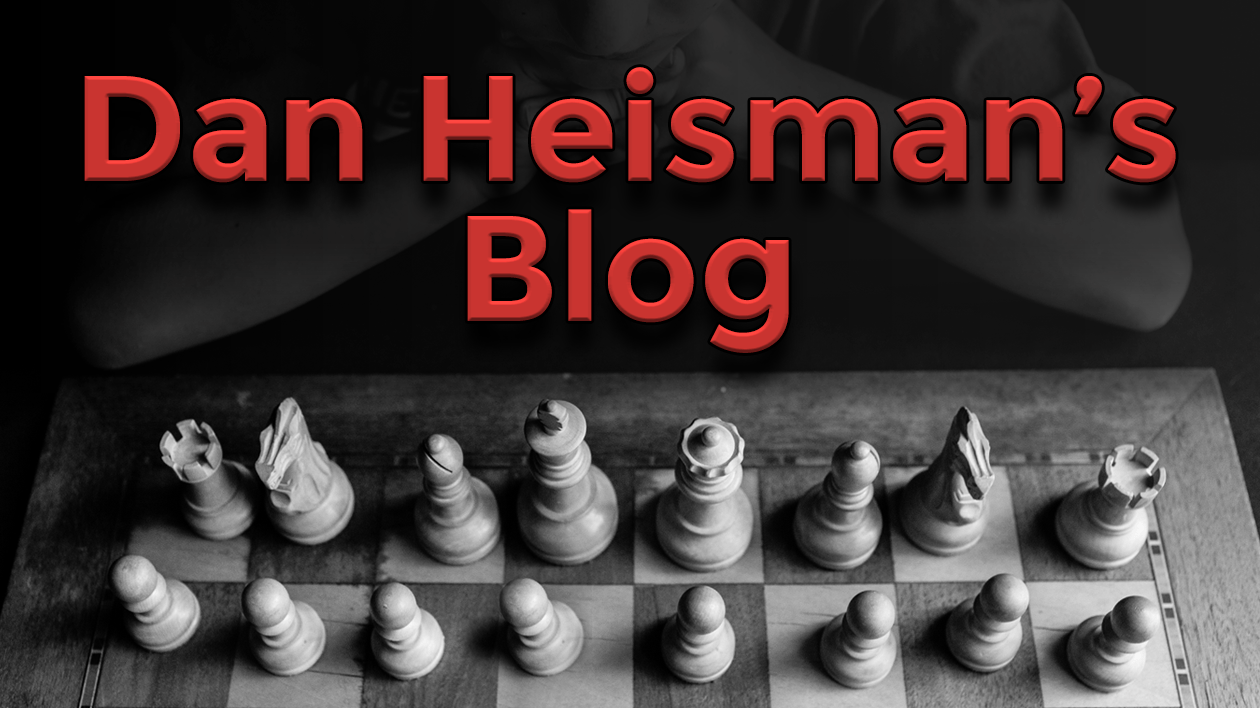
What's a Good Opening?
Sometimes I get asked, out of context, "What's a good opening you recommend?", "What's a good opening for White?", or "What a good opening against 1.e4?".
The problem is with the word "good". If by "good" you mean, the more winning chances, the better, then no legitimate opening is that good!
Assume there was an opening, the Yadeeda Variation of the HumptyUmp Opening, which won all the time for White. Then that sounds really good, doesn't it? But if the Yadeeda Variation wins all the time by force, then why would any good Black player who likes to play the HumptyUmp go into the Yadeeda? He wouldn't. So that line wins for White, but it's not such a "good" opening since it amounts to an opening trap - no one of any knowledge would play it for Black.
Similarly, suppose a line leads to absolute equality (or better) for Black in every variation. Then no good player would likely play it for White (unless they really like that type of position or are playing for a draw) because White is supposed to try for an advantage, not play openings where Black easily equalizes (or better).
So all "good" openings, at least those played regularly at the grandmaster level, have the same characteristics: if played correctly by both players, White is fighting for a slight advantage and Black is struggling for equality. Any less for White and good players won't play it consistently, and any less for Black and good players won't play that consistently, either.
So in that sense all "good" openings theoretically yield a slightly advantage to White.
However, if by "good" you mean:
- "gives me good winning chances if my opponent plays wrong",
- "is fun to play",
- "helps me learn something", or
- "contains a lot of rich strategic and tactical possibilities"
...then you are talking! But of course then maybe your question should have been phrased a little more exactly...
GM Soltis wrote in Grandmaster Secrets: Openings that it makes sense for the average player to probably pick openings that are NOT popular at the grandmaster level, and I agree. I won't repeat Andy's logic here (gotta help him sell some books!), but most players erroneously tend to think that if a grandmaster doesn't play an opening there's something wrong with it.
For example, when Kasparov gave up the King's Indian Defense, thousands of class players did too, as if their winning chances in that opening were gravely affected by Kasparov's decision. Needless to say, I thought they were being just as illogical as they might have been to pick up the KID again a couple of years later just because Radjabov starting having success with the KID at the top level.
There are lots of "good" openings for intermediate players that grandmasters don't play and, as computers have shown us, even some very rare openings are playable if handled correctly. My suggestion: pick out openings that are both fun to play and help you learn something (assuming you want to improve). Then every once in a while rotate to something completely different and learn how to play different pawn structures.
For example, if you've never tried the King's Indian Defense or the French Defense, those openings are not only good for understanding locked centers, but also plausible defenses to many irregular openings too. Therefore, it's good to adopt each for at least a while (not necessarily at the same time). I call this my "French and Indian" opening suggestion, and my students who have adopted it have usually reported it to be helpful.
Finally, no opening is good if you keep making the same mistake over and over, so it is almost necessary to review each game, fast or slow, with an opening book (strong players and databases are helpful, too). The goal is to find out what you would do differently next time if your opponent played the same moves against you.